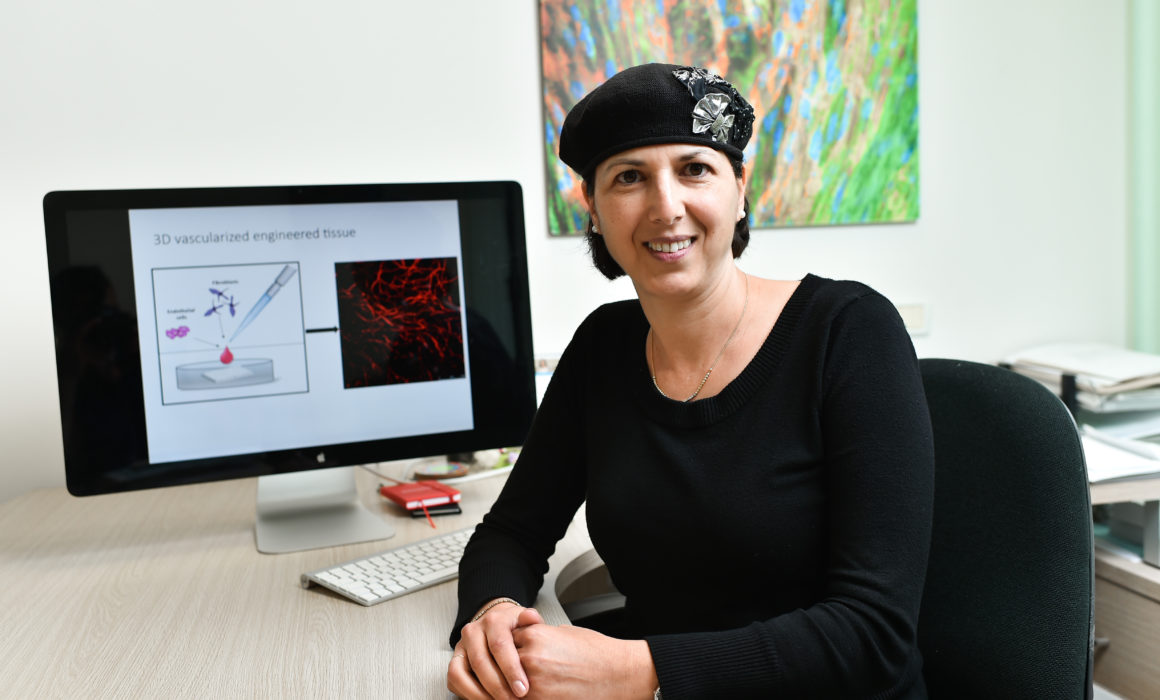
We interview Sandhya Sriram (SS) from Shiok Meats, Shulamit Levenberg (SL) from the Technion and Aleph Farms and Timothy Olsen (TO) from Merck on the current status, challenges and future directions of cultured meat.
SS: Shiok Meats, established in 2018, is a cultivated, cell-based meat and seafood company, headquartered in Singapore. It is the first of its kind in Singapore and South-East Asia with a mission to bring delicious, sustainable and healthy shrimp, lobster, crab and meats to your table, by harvesting from cells instead of animals. Our meats are animal-, health- and environment-friendly with similar taste and texture compared to their traditional counterparts. Shiok Meats also own Southeast Asia’s first cultivated red meat company, Gaia Foods.
We currently have two sub-teams working on 1) establishing stable cell lines for cultivated shrimp and lobster meat production, so that we can scale up and 2) scaling up cultivated beef production. Both projects involve gathering enough experimental data for the respective regulatory approvals.
SL: Aleph Farms’ primary focus right now is on commercializing cultivated beef steaks grown from non-modified cow cells, and on developing other animal products, such as collagen, from those same cells. Our first product—which falls under our recently announced product brand, Aleph Cuts—is a cultivated thin-cut beef steak called the Petit Steak. We plan to introduce the Petit Steak to diners in Singapore and Israel this year upon receiving regulatory approvals. We are also working on producing thicker, fattier cuts of cultivated beef to meet diverse consumer preferences around the world.
For cellular agriculture to achieve scale and impact, Aleph Farms is taking a leading role in building, from the ground up, a resilient supply chain and set of infrastructures suitable for large-scale production. It is also working alongside the public sector to shape policies, harmonize regulatory pathways and lead an inclusive and just transition to more sustainable and equitable food systems.
Keep reading at nature.com.